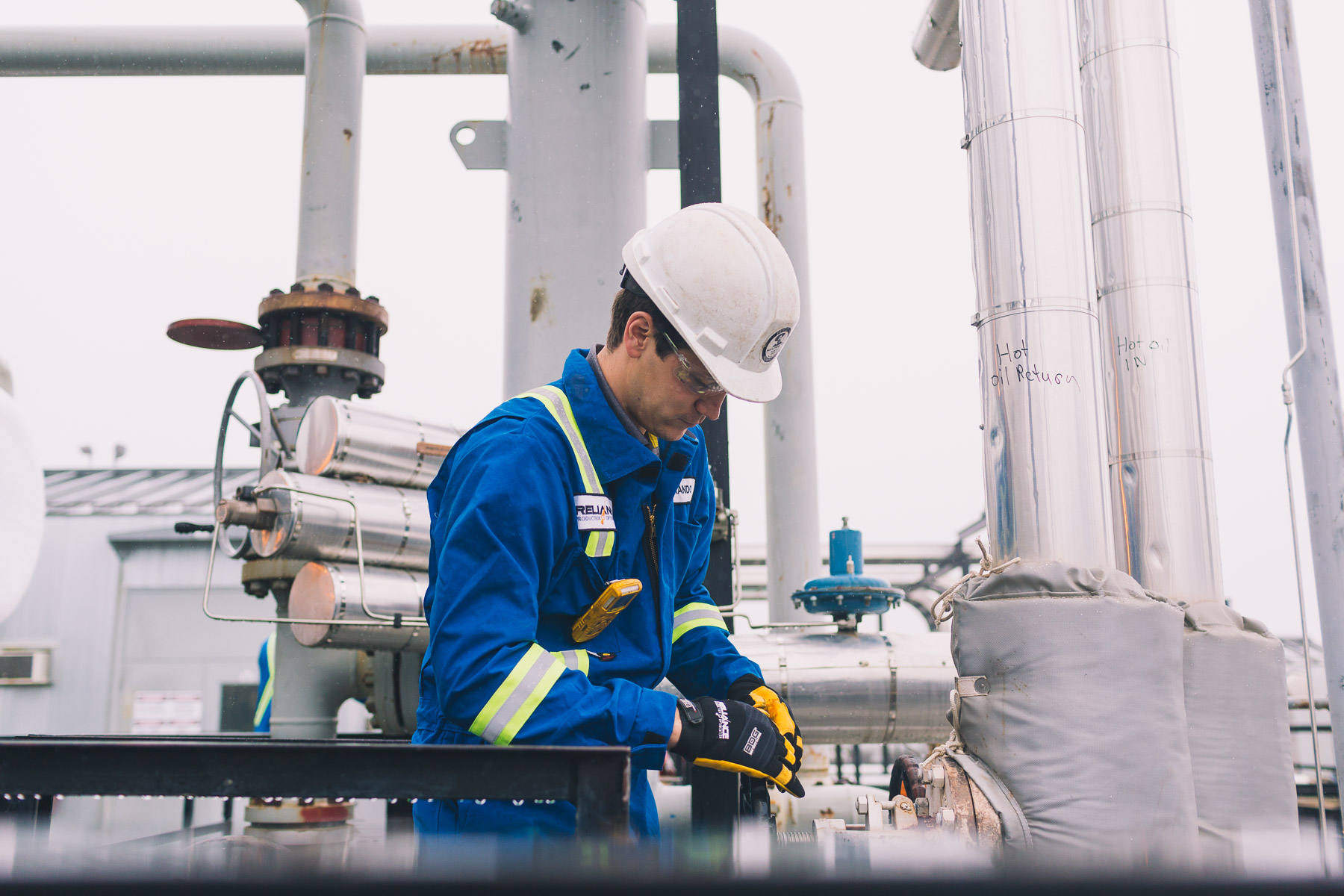Houston, TX |
In this case study, Detechtion Technologies recommended Vi settings for the client's nodal stations which made a significant improvement on fuel gas savings and electric consumption of more than $400,000 in its first year of adjustment.
The Mission:
Reduce power consumption of a client’s rotary screw nodal compressors by optimizing the internal volume ratio, Vi, to the current field conditions.
Background:
Initial Enalysis reports indicated that the client’s nodal screw compressors were experiencing large amounts of under-compression. This occurs when the internal volume ratio of the screw compressor is too low for the current operating conditions.
A unique “built-in” feature of most rotary screw compressors is the ability to vary the internal volume ratio, known as the Volumetric Ratio (Vi). Depending on the design of the machine the Vi can be fixed, variable between 3 or 4 settings or infinitely variable. The Vi is the ratio of the volume of gas at the suction over the volume of gas at the discharge. This is represented in the following equation:
|
Vi = Vs/Vd |
Where: Vi = volumetric ratio Vs = volume of gas at suction Vd = volume of gas at discharge |
To maximize the compression and efficiency, an operator can make adjustments to ensure the Vi setting is as close as possible to the optimum Vi. Since the parameters measured on the compressor are typically suction and discharge pressures (and not volumes), the following relationship can be used:
|
Vi = (Pd/Ps) 1/k |
Where: Vi = volumetric ratio Ps = pressure of gas at suction Pd = pressure of gas at discharge k = specific heat ratio of gas |
The image below illustrates how the gas is compressed to a smaller volume due to the longer effective rotor length when the Vi is set to a higher setting.

If the internal Vi is set too low for the current conditions, the gas inside the rotors will not be compressed to a high enough pressure before reaching the discharge port. In the case of under compression, the gas in the rotors reaches the discharge port too early and the high-pressure gas in the discharge line flows back into the compressor. This under-compression causes the gas inside the compressor to reach line pressure instantly, but at the expense of higher forces on the thread at the discharge port opening and a loss in efficiency moving the gas into the discharge line.

The Solution:
Using Detechtion’s proprietary screw compressor optimization software, Envision, the following optimum Vi settings for the two nodal compressor stations were provided to the client:
- Nodal Station 1 -> 5.00
- Nodal Station 2 -> 3.65
The Impact:
The client implemented the recommended Vi settings over all its compressors for its two nodal stations and made a significant amount of savings in fuel gas and electric consumption. The following table provides the calculated annual savings resulting from the Vi changes at the two nodal stations.
Assumptions:
Price
- Electricity $60/MW*h
- Fuel Gas $3.65/GJ
General
- 94% Motor Efficiency (1KWm = 1.0638KWe)
- Constant Suction and Discharge conditions
In addition to the power savings, minimizing under compression will result in:
- Decreased Power Consumption
- Decreased Rotor Wear
- Increased Throughput
- Lower Suction Pressure
The tables in the downloadable case study provide detailed summary of the power savings at each of the nodal compressor stations.
Actual measured savings were reported by the client to be more than $400,000 in the first year of operation after the changes.



